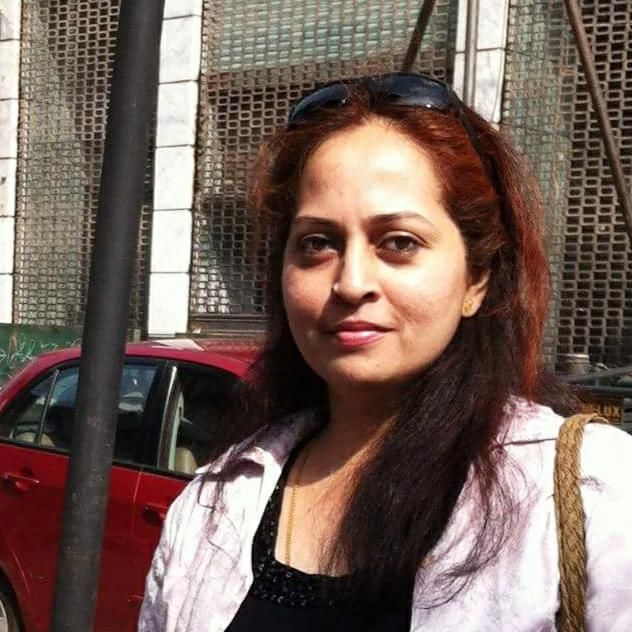Live
- WWDC 2024: Seven iOS 18 Updates Apple Didn't Mention at the Event
- ‘Sisterhood’ reminds Nitya Mathur of her own school life & being in a close-knit girls’ group
- MLC Jeevan responds to people’s plea
- Kuchipudi Extravaganza Captivates Art Lovers
- Study decodes how pathogens infect human lung tissue
- Congress to focus on local body polls
- Effective time management techniques for English language test takers
- Naidu’s new style of functioning reflects in cabinet selection
- Coai’s wish list for telecom growth
- IIP falls to 3-mth low in Apr
Just In
Visakhapatnam: Women voters to script candidates’ destiny


File photo of women voters waiting for their turn at a booth in Visakhapatnam
For long, male voters predominantly had cast their ballots on the poll day compared to women
Visakhapatnam: Even as the count of women voters outnumber men, their dominance turns out to be quite apparent in the voting percentage as well in a majority of constituencies across Visakhapatnam.
Women voters are set to script the destiny of candidates as they came in droves to exercise their franchise in Visakhapatnam.
The Visakhapatnam parliamentary constituency registered a total of 19.27 lakh. Of them, women voters comprised 9.79 lakh, while male voters were 9.48 lakh.
Srungavarapu Kota (S.Kota), Bheemunipatnam, Gajuwaka, Visakhapatnam east, south, north and west are the segments that fall under the Visakhapatnam parliamentary constituency’s fold.
In S Kota, 1.14 women voters exercised their franchise. In Bheemunipatnam, 1.85 lakh women utilised their democratic right. 1.5 Lakh women voted in Visakhapatnam east along with 1.1 lakh women in South, 1.45 lakh women in North, 1.08 lakh women in West exercised their franchise. However, it’s a different scenario in Gajuwaka as male voters outnumbered women voters by a slight margin.
For long, male voters predominantly had cast their ballots on the poll day compared to women. However, the trend is slowly but surely changing. “It was a proud moment to be part of the largest democratic exercise. I have come all the way from Jamshedpur to cast my vote. Anything can change if women decide to contribute to the transformation,” opines Harika, who works in a watch showroom, showing her inked finger with a tinge of pride.
However, what kind of an impact is expected from the voluntary participation of women voters in the polls needs to be seen.
Besides rising literacy level, growing awareness among the voters along with the predominant presence of media appear to be some of the driving factors resulting in more women turnout in elections.
Keeping the statistics in view, the major political parties ramped up their outreach, drafted a manifesto to draw the attention of the women voters in their favour.
Education minister Botcha Satyanarayana made it clear that the YSRCP introduced several women-centric welfare schemes and about 74 per cent of women in AP have benefited from them. “They are sure to bring the YSRCP back to power,” the minister expressed confidence.
The TDP-BJP-JSP wooed the women voters with its ‘super six’ manifesto that includes free travel services in RTC buses, three free gas cylinders a year, and the Thalliki Vandanam scheme that provides Rs 15,000 per year to every school-going child.
Even in the 2019 polls, TDP chief N Chandrababu Naidu introduced the ‘Pasupu Kunkuma’ scheme just before elections. However, it did not fare well among the women for various reasons.
However, the YSRCP tailored its schemes with an aim to benefit women largely right from the time it came to power. Apparently, the ruling party leaders exude confidence that their welfare schemes are enough to win the hearts of the people.
Whether the women voters are going to extend their support to the YSRCP for deriving a host of benefits from its women-centric welfare schemes or get drawn to the ‘super six’ manifesto of the alliance parties that promises a better future for them is hard to conclude at the moment.

© 2024 Hyderabad Media House Limited/The Hans India. All rights reserved. Powered by hocalwire.com






